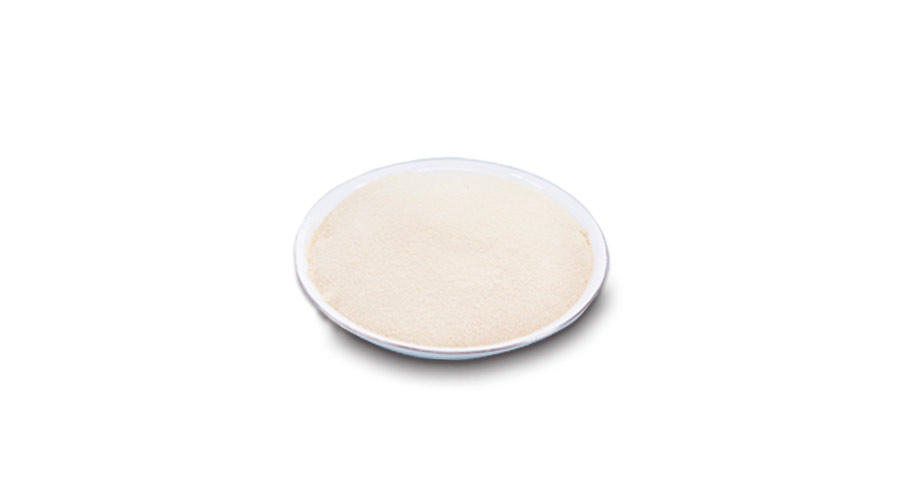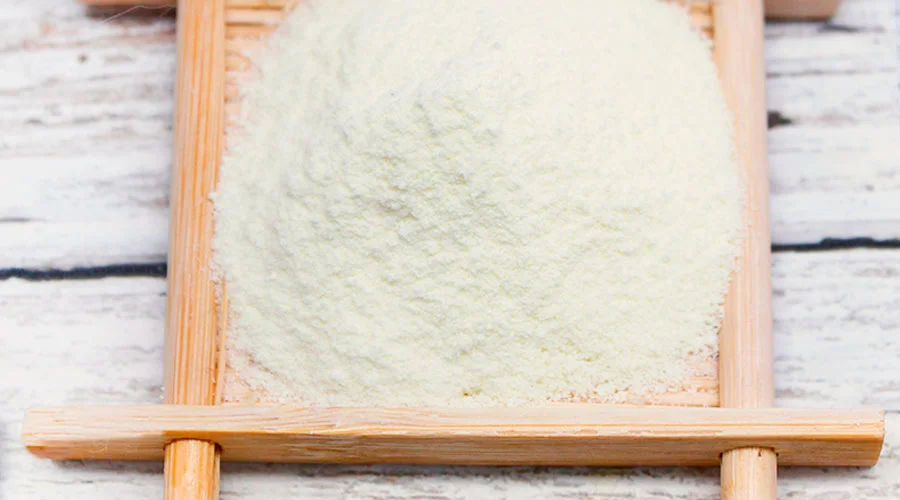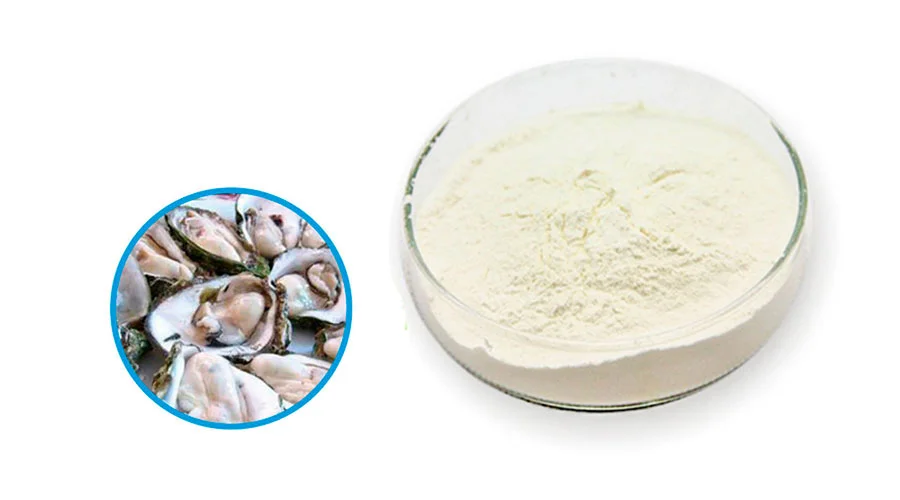Based on the dry weight of the mature raw seed, soybeans are usually composed of about 35-40% protein, about 20% lipids, about 9% dietary fiber, and about 8.5% water. Their composition varies by variety, planting location, and climate. Major soybean components that have been shown to have biological activity include proteins or peptides, isoflavones, saponins, and protease inhibitors.
Soy has been linked to many potential health benefits, reducing chronic diseases such as obesity, cardiovascular disease, insulin resistance/Type 2 diabetes, certain types of cancer, and immune diseases. These physiological functions are attributed to soy proteins as functional or bioactive peptides derived from intact soy proteins or, more commonly, soy processing. The findings led to the approval of a health claim in the United States about soy protein's ability to reduce the risk of coronary heart disease, and the release of a health claim in Canada that soy protein can help lower cholesterol levels. Using different methods, many soy bioactive peptides with multiple physiological functions (such as hypolipidemia, antihypertensive, and anticancer properties), as well as anti-inflammatory, antioxidant, and immunomodulatory effects, have been identified. Some soy peptides have more than one of these properties and play a role in preventing multiple chronic diseases. Overall, progress has been made in understanding the function and bioactive ingredients of soybean peptide powder. However, more research is needed to further identify their target organs and elucidate their biological mechanisms of action for potential use as functional foods or even therapeutic agents to prevent or treat chronic diseases.






